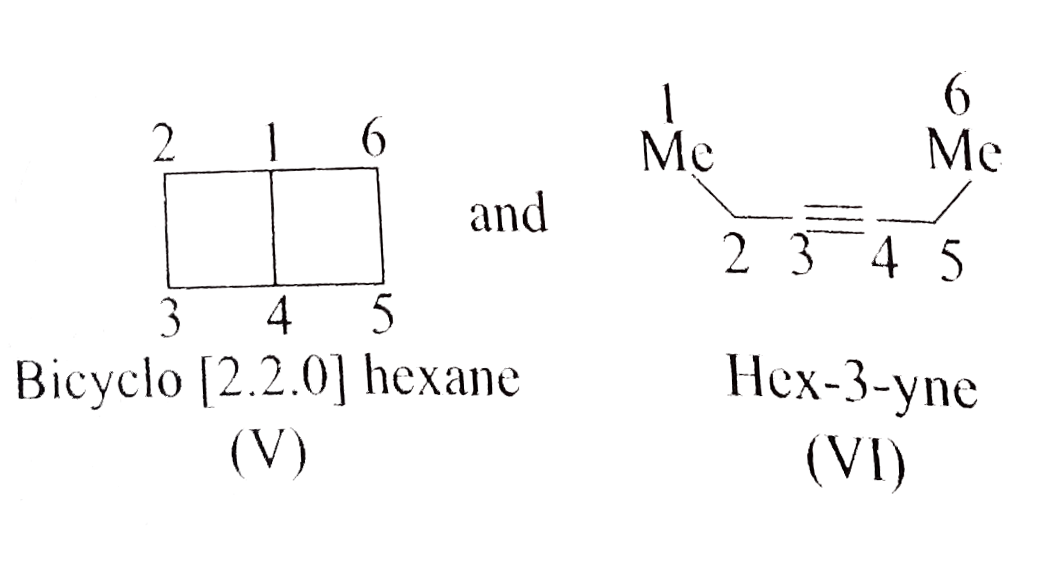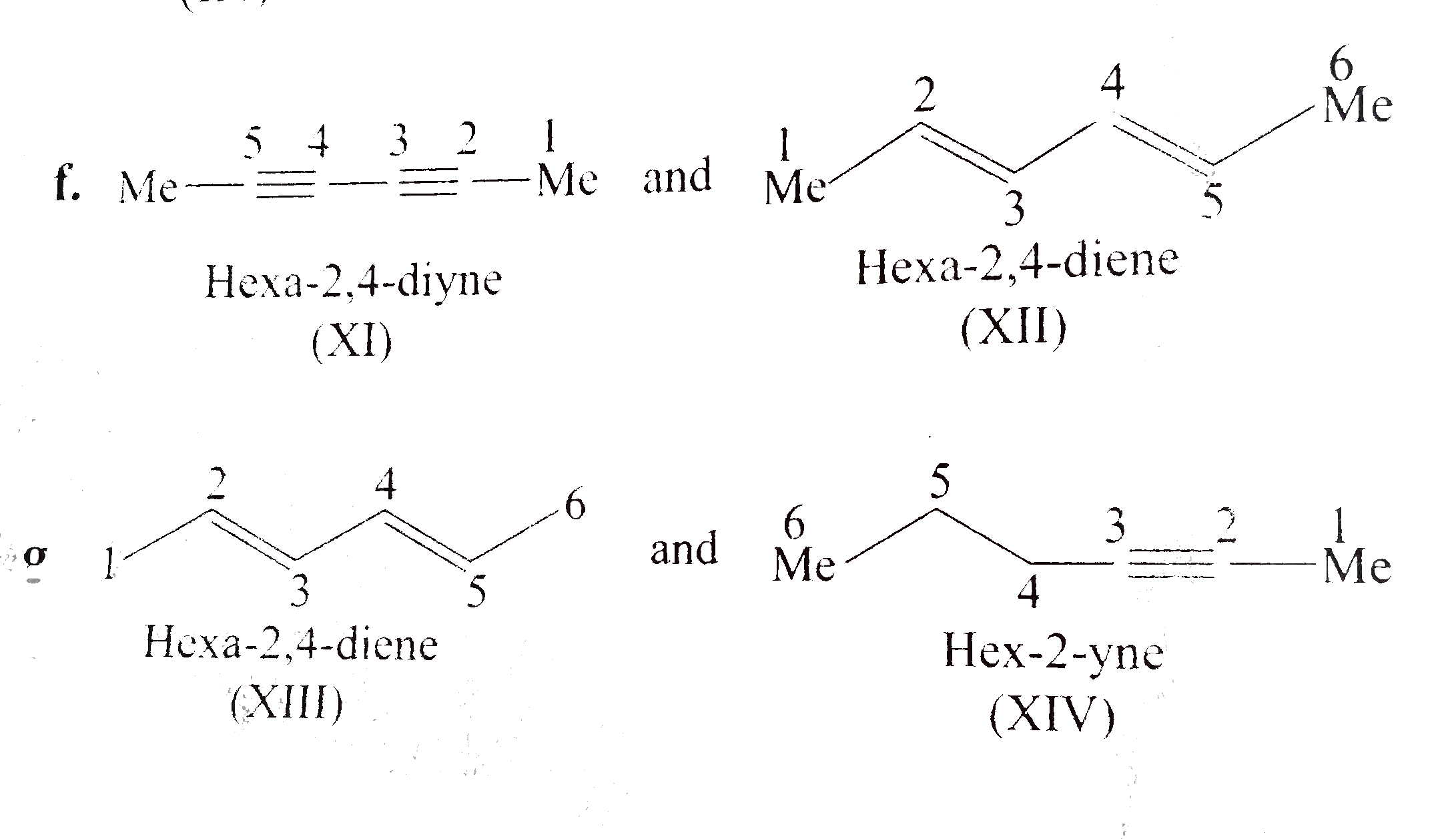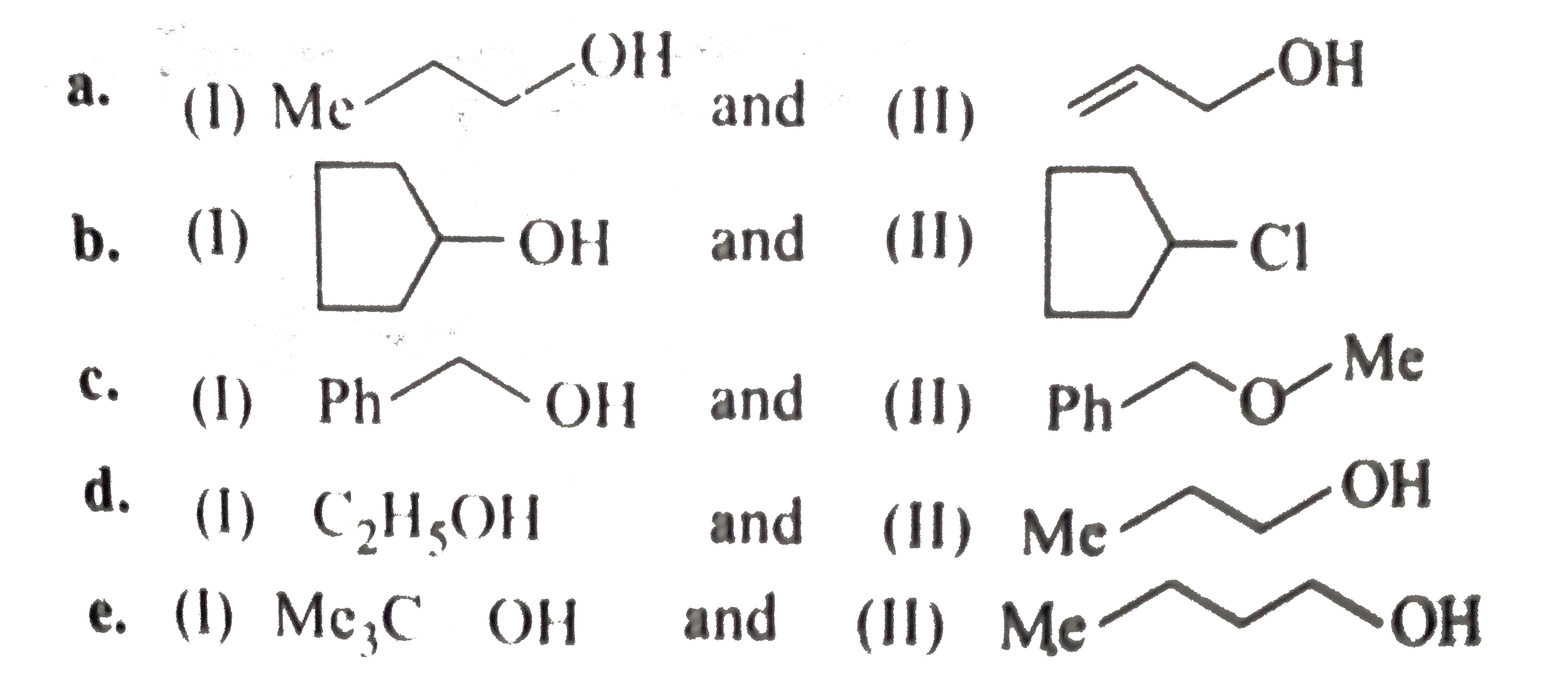Distinguish between the following:
aquaculture and pisciculture
To distinguish between aquaculture and pisciculture, we can follow these steps:
1. Definition of Aquaculture:
- Aquaculture refers to the farming of all types of aquatic organisms, including fish, mollusks, crustaceans, and aquatic plants. It encompasses a wide range of activities related to the cultivation of these organisms in controlled environments.
2. Definition of Pisciculture:
- Pisciculture specifically refers to the cultivation and breeding of fish. It is a subset of aquaculture that focuses solely on fish species and does not include other aquatic organisms.
3. Scope of Aquaculture:
- In aquaculture, various aquatic animals and plants are reared. This includes not just fish but also oysters, mussels, and even activities like pearl culture.
4. Scope of Pisciculture:
- Pisciculture is limited to fish. It involves the breeding, rearing, and harvesting of different species of fish. Examples include freshwater fish like Rohu and Catla, as well as marine fish like Hilsa and Salmon.
5. Conclusion:
- In summary, while aquaculture is a broad term that includes the cultivation of all aquatic life forms, pisciculture is specifically focused on the cultivation of fish only.
Summary of Differences:
- Aquaculture: Involves all aquatic organisms (fish, mollusks, crustaceans, aquatic plants).
- Pisciculture: Involves only fish (breeding and rearing of fish species).
- Aquaculture refers to the farming of all types of aquatic organisms, including fish, mollusks, crustaceans, and aquatic plants. It encompasses a wide range of activities related to the cultivation of these organisms in controlled environments.
- Pisciculture specifically refers to the cultivation and breeding of fish. It is a subset of aquaculture that focuses solely on fish species and does not include other aquatic organisms.
- In aquaculture, various aquatic animals and plants are reared. This includes not just fish but also oysters, mussels, and even activities like pearl culture.
- Pisciculture is limited to fish. It involves the breeding, rearing, and harvesting of different species of fish. Examples include freshwater fish like Rohu and Catla, as well as marine fish like Hilsa and Salmon.
- In summary, while aquaculture is a broad term that includes the cultivation of all aquatic life forms, pisciculture is specifically focused on the cultivation of fish only.
- Aquaculture: Involves all aquatic organisms (fish, mollusks, crustaceans, aquatic plants).
- Pisciculture: Involves only fish (breeding and rearing of fish species).
Topper's Solved these Questions
- IMPROVEMENT IN FOOD RESOURCESBOOK - MTG IIT JEE FOUNDATIONCHAPTER - IMPROVEMENT IN FOOD RESOURCESEXERCISE - Exercise (Subjective Questions) (Long Answer Type)
12 Videos
- IMPROVEMENT IN FOOD RESOURCESBOOK - MTG IIT JEE FOUNDATIONCHAPTER - IMPROVEMENT IN FOOD RESOURCESEXERCISE - Olympaid/HOTS Corner
10 Videos
- IMPROVEMENT IN FOOD RESOURCESBOOK - MTG IIT JEE FOUNDATIONCHAPTER - IMPROVEMENT IN FOOD RESOURCESEXERCISE - Exercise (Subjective Questions) (Very Short Answer Type)
15 Videos
- FOOTSTEPS TOWARDS NEET BOOK - MTG IIT JEE FOUNDATIONCHAPTER - FOOTSTEPS TOWARDS NEET EXERCISE - MULTIPLE CHOICE QUESTIONS
90 Videos
- NATURAL RESOURCESBOOK - MTG IIT JEE FOUNDATIONCHAPTER - NATURAL RESOURCESEXERCISE - Olympiad/HOTS Corner
11 Videos
Similar Questions
Distinguish between the following:
culture fishery and capture fishery
View SolutionDistinguish between the following pairs:
a. and
and 

View SolutionWhat is Aquaculture and Pisciculture?
View SolutionDefine pisciculture.
View SolutionDistinguish between the following pairs:
a. (I)
View SolutionDistinguish between the following.
(a) Alternate and opposite leaf arrangements
View SolutionDistinguish between the following.
(a) Alternate and opposite leaf arrangements
View SolutionDistinguish between the following. (a) Reticulate and parallel venation
View SolutionDistinguish between the following.
(a) Reticulate and parallel venation
View SolutionDistinguish between the following.
Prokaryotes and eukaryotes
View Solution
